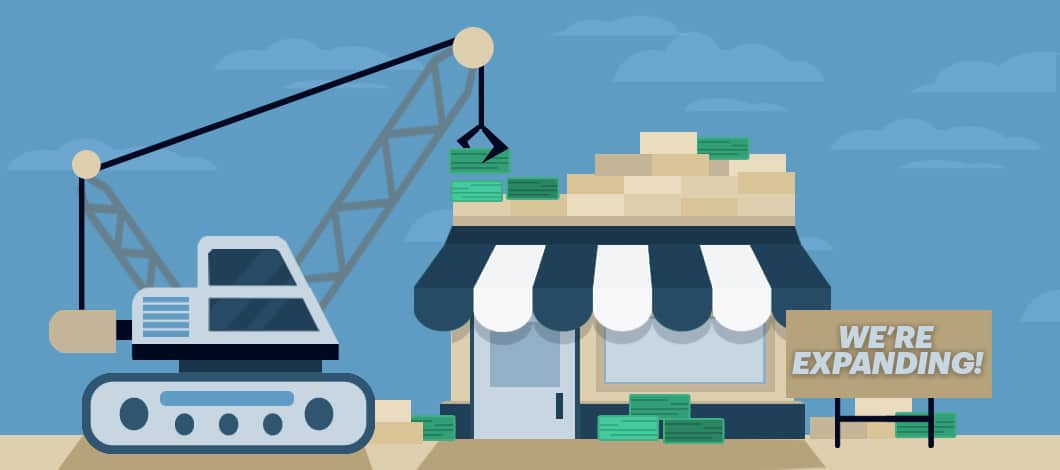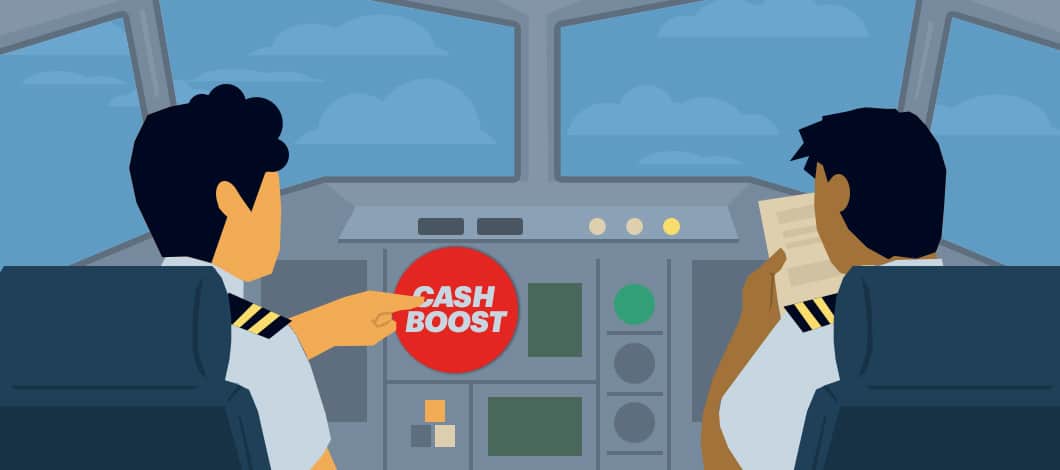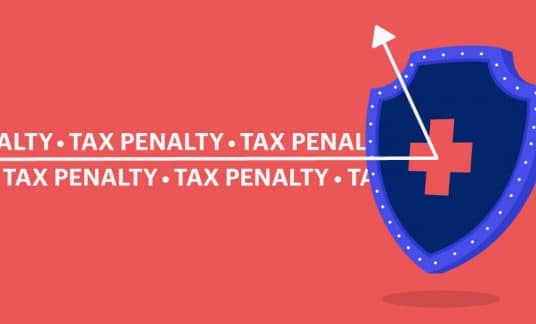Working capital in business is critical. Indeed, many small businesses fail due to a lack of it.
Needless to say, determining your working capital needs is an important management responsibility. And maintaining working capital is a smart way to lower risk.
The amount of working capital your small business needs will depend on the type of inventory you keep and your operating cycle. Knowing your minimum working capital requirement will give you a target to maintain and a basis for growing your business.
Here’s what you need to know.
What Is Working Capital?
Working capital measures a business’s liquidity and ability to pay its bills and meet its debt obligations. It represents the amount of cash available to cover short-term expenses, such as advertising costs and employee salaries.
Companies with insufficient working capital will fall behind on their bills. Therefore, business owners must continuously monitor their working capital and make adjustments needed to keep it at a comfortable level.
How to Calculate Working Capital
You can calculate working capital in 2 ways: as net working capital or as a ratio.
Net Working Capital
Net working capital is defined as current assets minus current liabilities. Here’s how to find your net working capital:
1. Calculate Your Current Assets
Current assets are assets that you expect to convert to cash within one year (e.g., inventory).
2. Add Up Your Current Liabilities
Current liabilities are debts that must be paid within a year, such as short-term loans, accrued expenses and accounts payable to vendors.
3. Subtract the Difference Between Assets and Liabilities
For example, if your business has $300,000 in current assets and $200,000 in current liabilities, your working capital would be $100,000 ($300,000 less $200,000).
In other words, it takes an estimated $100,000 for you to maintain operations within the next year. If you go below $100,000, you risk experiencing negative cash flow.
Working Capital Ratio
To find your working capital ratio, also known as the current ratio, you would divide current assets by current liabilities.
In our example, the working capital ratio would be 1.5 to 1 ($300,000 divided by $200,000). This means you would have $1.50 in current assets for each $1 in current liabilities.
How Much Working Capital Does a Business Need?
Every business has its requirements for working capital depending on its unique operational timeline that determines its “working capital cycle.” Your working capital cycle refers to the timespan your business needs to turn over inventory and receive payment from customers. To ensure your cash flow stays positive, calculate the minimal working capital needed.
The purpose of calculating working capital needs is to determine how much you require and to maintain that level. So let’s use the working capital ratio as a benchmark.
A comfortable working capital ratio is from 1.2-2 to 1. If your ratio is less than 1 to 1, you’d likely have difficulty paying operating expenses and meeting debt obligations. You’d owe more in current liabilities than you’d have in current assets, creating negative working capital. Anything above 1.5 to 1 will give you more flexibility.
Example
Suppose you have a widget manufacturing company with $1 million in annual sales, and you sell to your customers on 45-day terms. The company makes a gross profit margin of 40%, and your suppliers sell to you on 30-day terms, which finances the raw materials representing half of the cost of goods sold.
1. Step 1 will be to determine your average accounts receivable outstanding.
(Annual Sales X Repayment Term) / Days in Year = Average Accounts Receivable Outstanding
($1,000,000 X 45) / 365 = $123,287.67
Your average accounts receivable outstanding will be $123,287.67
2. In step 2, determine your accounts receivable turnover.
Annual Sales / Average Accounts Receivable Outstanding = Accounts Receivable Turnover
$1,000,000 / $123,287.67 = 8.11
This means you collect your average accounts receivable outstanding roughly 8 times per year.
3. In step 3, we will determine the average inventory.
As the company makes 40% of annual sales as gross profit, 60% represents the cost to produce and sell the product. In this case, the cost of goods sold would be $600,000 ($1,000,000 X .60). It takes 30 days to make the widgets, and the finished products remain in inventory for another 30 days, for a total of 60 days.
(Cost of Goods X Days Till Sold) / Days in Year = Average Inventory
($600,000 X 60) / 365 = $98,630.14
So the average inventory level is $98,630.14
4. For step 4, we calculate the inventory turn.
Cost of Goods / Average Inventory = Inventory Turn
$600,000 / $98,630.14 = 6.08
This means your inventory turns over approximately 6 times per year.
5. In step 5, we determine your average accounts payable.
We know raw materials represent half of the cost of goods sold, so $300,000, and your suppliers are giving you 30-day terms.
Material Cost / Payment Interval in Months = Average Accounts Payable
$300,000 / 12 = $25,000
This means your average accounts payable will be $25,000.
6. For step 6, we need to calculate the required cash balances to support operations.
Suppose your average monthly operating expenses are $25,000. While you should keep whatever level of cash in your bank account makes you feel comfortable, a good rule of thumb is to keep 3-6 months of your monthly operating expenses in cash. So let’s go with 3 months, or $75,000, to keep in cash.
7. Finally, we’d determine how much working capital your business needs to survive. To do this, first, sum up current assets.
Average Inventory + Average Accounts Receivable Outstanding + Cash Balances = Current Assets
$98,630.14 + $123,287.67 + $75,000 = $296,917.81
Then determine how much liability your business can carry to achieve your ideal working capital ratio. If the target working capital ratio is 1.5, we will divide total current assets by this number.
Total Assets / Working Capital Ratio = Current Liabilities
$296,917.81 / 1.5 = $197,945.21
If we deduct our current liabilities ($25,000) from this total, we discover that we can take on up to another $172,945.21 in short-term loans and current liabilities and stay at or above your target ratio.
In this example, your working capital is $98,972.60.
Current Assets – Current Liabilities = Working Capital
$296,917.81 – $197,945.21 = $98,972.60

How Much Working Capital Is Needed to Build Your Business?
Now suppose you want to increase your revenue by 30% to $1.3 million. And you plan on gaining those sales by extending your credit terms to customers and adding to your product line.
How much working capital will you need to support this growth?
1. Step 1, determine your new average accounts receivable outstanding.
As a result of extending your credit terms, your receivables increase to 60 days outstanding.
(Annual Sales X Repayment Term) / Days in Year = Average Accounts Receivable Outstanding
(1,300,000 X 60) / 365 = $213,698.63
Therefore, your average accounts receivable outstanding would be $213,698.63
2. Step 2, recalculate your average inventory level. In this case, the cost of goods sold would be $780,000 ($1,300,000 times 60%).
(Cost of Goods X Days Till Sold) / Days in Year = Average Inventory
($780,000 X 60) / 365 = $128.219.18
Adding to your product line increased your average inventory level to $128.219.18
3. In step 3, we determine the cash balance required to support operational growth. Monthly operating expenses would also rise, but not necessarily by 30%, so let’s project a 20% increase to $30,000 per month. This means you’ll require a cash balance of $90,000 ($30,000 times 3 months) to support operations.
4. To determine how much working capital is required to support this growth, we’d sum current assets.
Average Inventory + Average Accounts Receivable Outstanding + Cash Balances = Current Assets
$128.219.18 + $213,698.63 + $90,000 = $431,971.81
Maintaining the working capital ratio at 1.5 sets current liabilities at 287,945.21 ($431,971.81 divided by 1.5).
Therefore, your projected working capital at the increased sales level is $144,026.60, increasing $45,054 from a sales level of $1 million dollars.
Current Assets – Current Liabilities = Working Capital
$431,971.81 – $287,945.21 = $144,026.60
How Much Working Capital Does a Startup Need?
If you’re a solopreneur with a startup and no sales history data to inform financial decisions, you may be wondering: How much working capital do I need?
You or your accountant can calculate your working capital requirements based on prospective assets and impending liabilities. Since you don’t know how long it will take for your inventory to sell and convert to cash you can use, it’s important to plan for the maximum amount you can expect your company to need on hand.
Additionally, as you might imagine, if your company is a brand new startup, you need a great deal of positive growth early on to see success. This requires funding to invest in marketing, advertising and innovation. You might be expanding your location or updating your technology to meet long-term goals, and require short-term working capital to make the dream happen. Determine the costs of investing in your growth and add it to your liabilities when you calculate working capital needs.
With your operational funding accounted for annually, you have a cushion and time to react if results aren’t as planned.
What Are the Factors of Working Capital Management?
The money you need as working capital depends on the type of business you run and how your cash flow timelines play out. Here are the major factors that determine whether your business needs more or less working capital than average:
Type of Business
Some businesses require more working capital than others. Compare, for example, a fast-food restaurant to a wholesaler. The restaurant buys food and beverages to use within a week or so, and its customers pay immediately. A wholesaler, on the other hand, must maintain a high inventory level with hundreds or thousands of products and sell to its customers on credit terms.
The restaurant will have much lower requirements for working capital than the wholesaler that has to carry inventory and accounts receivable.
Seasonality
Working capital requirements for seasonal businesses will increase during periods of high demand and decline during the off-season.
Operating Cycle
Your operating cycle is the time it takes for the cash you invest into operations to return to your account as a result of sales. Consider the length of time that would take for your business. For example, if your business involves manufacturing, the working capital cycle begins when you purchase raw materials and ends when you collect the cash from your customers after the sale of finished products.
Keep in mind, companies with longer operating cycles can see as much as a year pass between the time of acquiring inventory and receiving the cash from its sales.
Competition
If you face stiff competition, you may have to extend more liberal credit terms to attract and maintain customers. You also might have to keep more goods in inventory to satisfy customer demands. In both cases, your increase in working capital requirements will be higher because your accounts receivable and inventory will be higher.
Vendor Credit Availability
If your vendors can offer you longer payment terms, say 60 to 90 days instead of 15 days, your working capital needs will be less.
Operating Efficiency
More efficient operations will require less working capital. Less efficiently run businesses have more money tied up in stale or unsold inventory and unpaid accounts receivables, which slows down their cash flow.
Inventory Turnover
Companies that can maintain low inventory levels and high turnover rates will have lower requirements for working capital.
Scale of Operation
Higher levels of sales will require proportionally higher levels of working capital.











